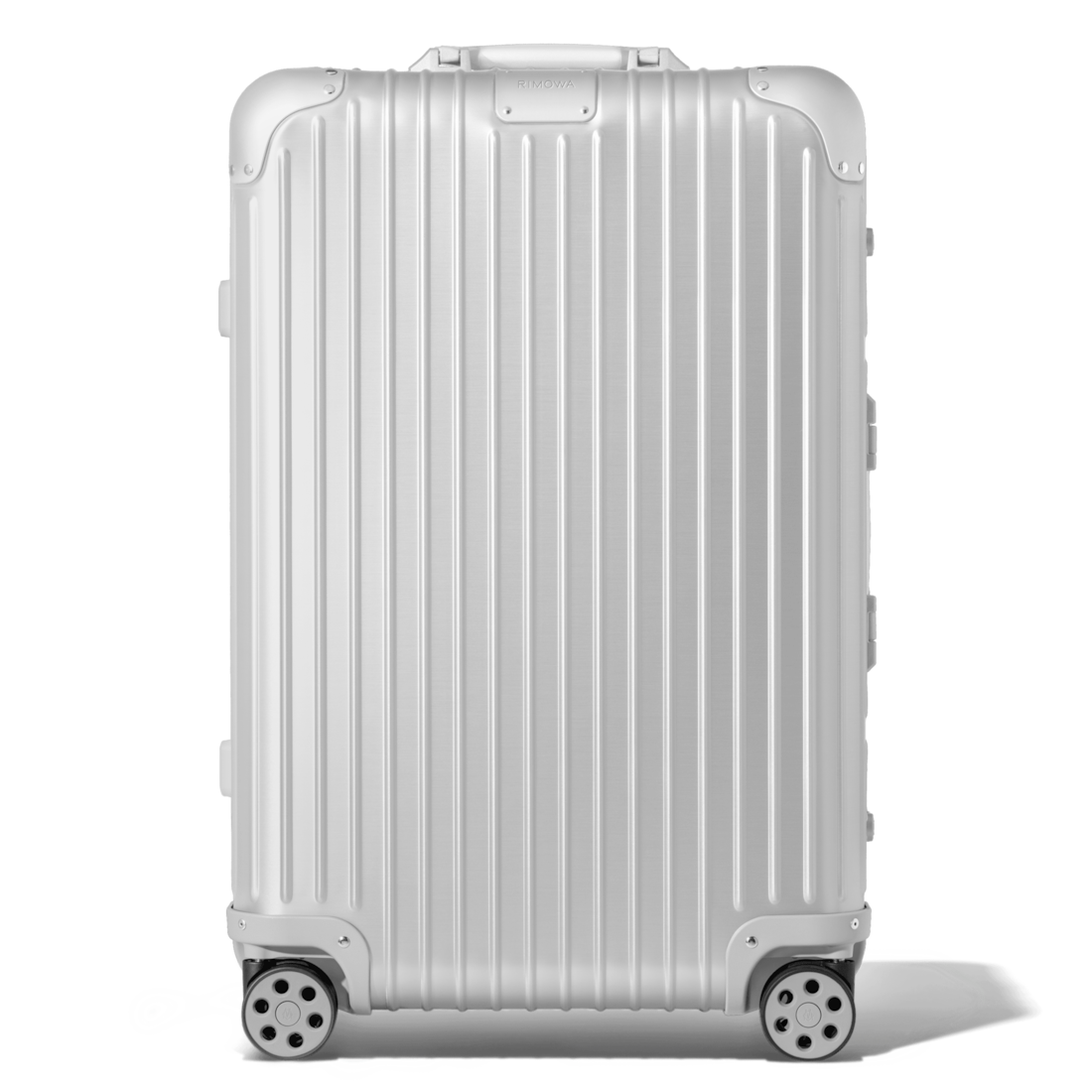Original Cabin Plus Aluminium Suitcase | Black | RIMOWA
Discover the iconic RIMOWA Original Cabin Plus aluminium suitcase in black with its distinctive grooves.
The unmistakable RIMOWA Original aluminium suitcase with its distinctive grooves is regarded as one of the most iconic luggage designs of all time.
Made from high-end anodised aluminium, the RIMOWA Original Cabin Plus in black is engineered with longevity in mind. Remarkably robust and surprisingly lightweight, the timeless classic is an unparalleled example of craftsmanship and innovation. This extra spacious cabin luggage provides just a little extra room for up to 4 days of travel.
Designed and engineered in Germany.
Includes a complimentary leather luggage tag and sticker set.
Key Elements
TSA-Approved Locks
Each of our suitcases features TSA-approved locks that can be opened by security during airline baggage checks without causing any damage.
Flex Divider
Packed items are kept in perfect order during transit with the height adjustable Flex Divider, which can be adapted to suit your belongings.
Multiwheel® System
Pioneered by RIMOWA, this high-end system guarantees stable and effortless steering thanks to ball-bearing mounted wheels with cushioned axels.
Telescopic Handle
Engineered to offer seamless stage-free adjustment for maximum comfort and smooth manoeuvrability.
Additional information
| Width | 44 CM |
|---|---|
| Depth | 25,5 CM |
| Measurement | 57 x 44 x 25,5 CM |
| Weight | 4,7 Kg |
| Volume | 49 L |








Reviews
There are no reviews yet.